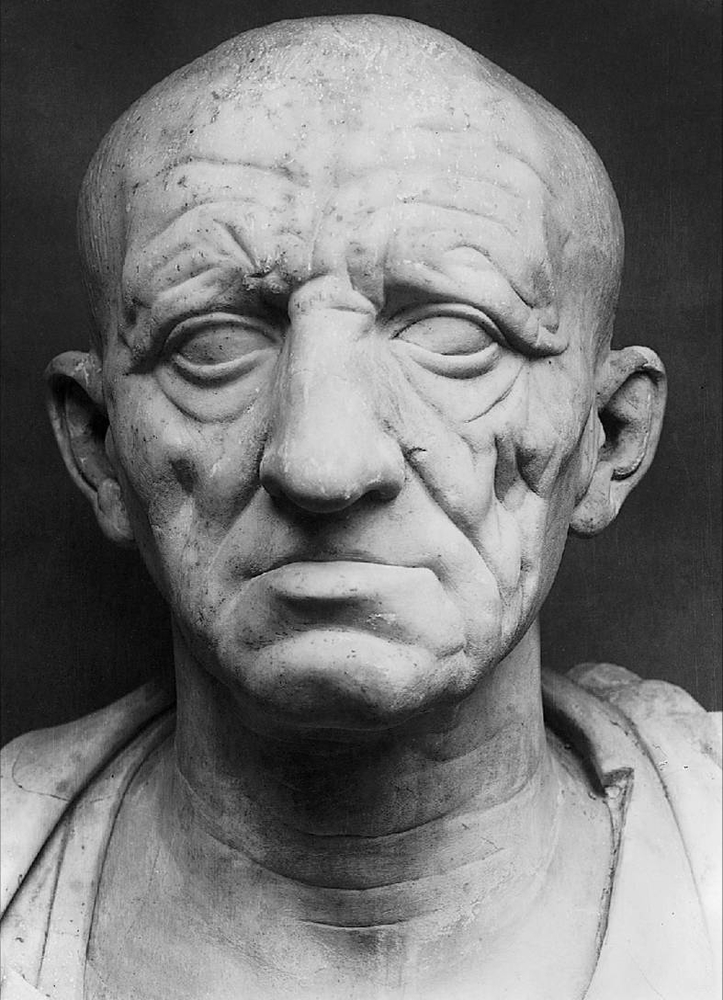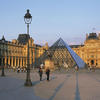More about The Plague at Ashdod
- All
- Info
- Shop

Sr. Contributor
The original owner of The Plague at Ashdod used the purchase to launder funds from a diamond theft.
At the ensuing trial, Nicolas Poussin identified this work by the title 'The miracle of the Ark in the temple of Dagon.' The painting depicts God releasing a plague upon the Philistines at Ashdod as punishment for stealing the Ark of the Covenant and placing it in a temple dedicated to Dagon. Poussin's testimony makes us really excited about what he could've brought to a Raiders of the Lost Ark remake.
This work is the most imitated plague painting from the 17th century. To be fair, it's one of the few plague paintings produced during the era. Poussin painted the work in 1630 in Rome, his home base. Italy was then in the midst of the worst outbreak of bubonic plague during the entire century. As such, this work would have been considered a veritable public threat. Merely thinking about plague was seen as a method for transmission.
This and other details mean Poussin must have been thoroughly educated in the contemporary understandings of plague transmission. For instance, healthy folks in the milieu cover their noses around the afflicted. 17th century medical knowledge pinned transmission, for example, on the inhalation of 'plague seeds' from the suppurating ('pus forming' for those still playing Words with Friends) sores of the dead. Which sounds like a pitch idea for Plants Vs. Zombies. It also implies that Poussin was okay with letting people think he gave them the plague, which is one way to kill it in art galleries.
Still, the painting represents a leap in knowledge about pathogens and plague transmission in particular. Earlier plague works concentrated on the disease as one of many symptoms reflecting a rot in the cosmos. Plague showed the entire universe was coming to pieces. However, with Poussin, plague is a singular event. Though brought by God, it exists separately from other natural phenomena. The more you know...
Poussin gained insights from various friends in the medical field. The master painter was a fastidious student of his craft, seeking the best sources for understanding human anatomy. Poussin also caught syphilis (then incurable) shortly after moving to Rome and leveraged his medical connections for the best treatment. The best treatment being doses of liquid mercury. We'll stick to spicy tuna rolls for our mercury fix, thanks.

Contributor
Painted for Sicilian nobleman Fabrizio Valguarnera, who paid for it with the proceeds from a major jewelry heist.
In addition to being a crook, Fabrizio was also a bit odd. He commissioned an exact copy of this painting from Angelo Caroselli before Poussin had even finished the original. Poussin's original hangs in the Louvre, and Caroselli 's copy in the National Gallery in London. For a while it was not clear which of these world class museums had the original and which had the copy!
Featured Content
Here is what Wikipedia says about Plague of Ashdod (Poussin)
The Plague of Ashdod is also known as The Miracle of the Ark in the Temple of Dagon, by the French artist Nicolas Poussin. The painting represents a story from 1 Samuel in the Old Testament. The original painting currently hangs in the Louvre in Paris. Poussin was commissioned to paint The Plague of Ashdod by Fabrizio Valguarnera. Fabrizio Valguarnera was a Sicilian merchant who was put on trial for laundering money through the purchase of this painting; he also commissioned more than one version of this piece. Poussin painted this during a plague that took place in Italy from 1629 to 1631, which influenced his accurate portrayal of the epidemic.
Check out the full Wikipedia article about Plague of Ashdod (Poussin)
















I wonder if complete herbal cures would work for the plague.